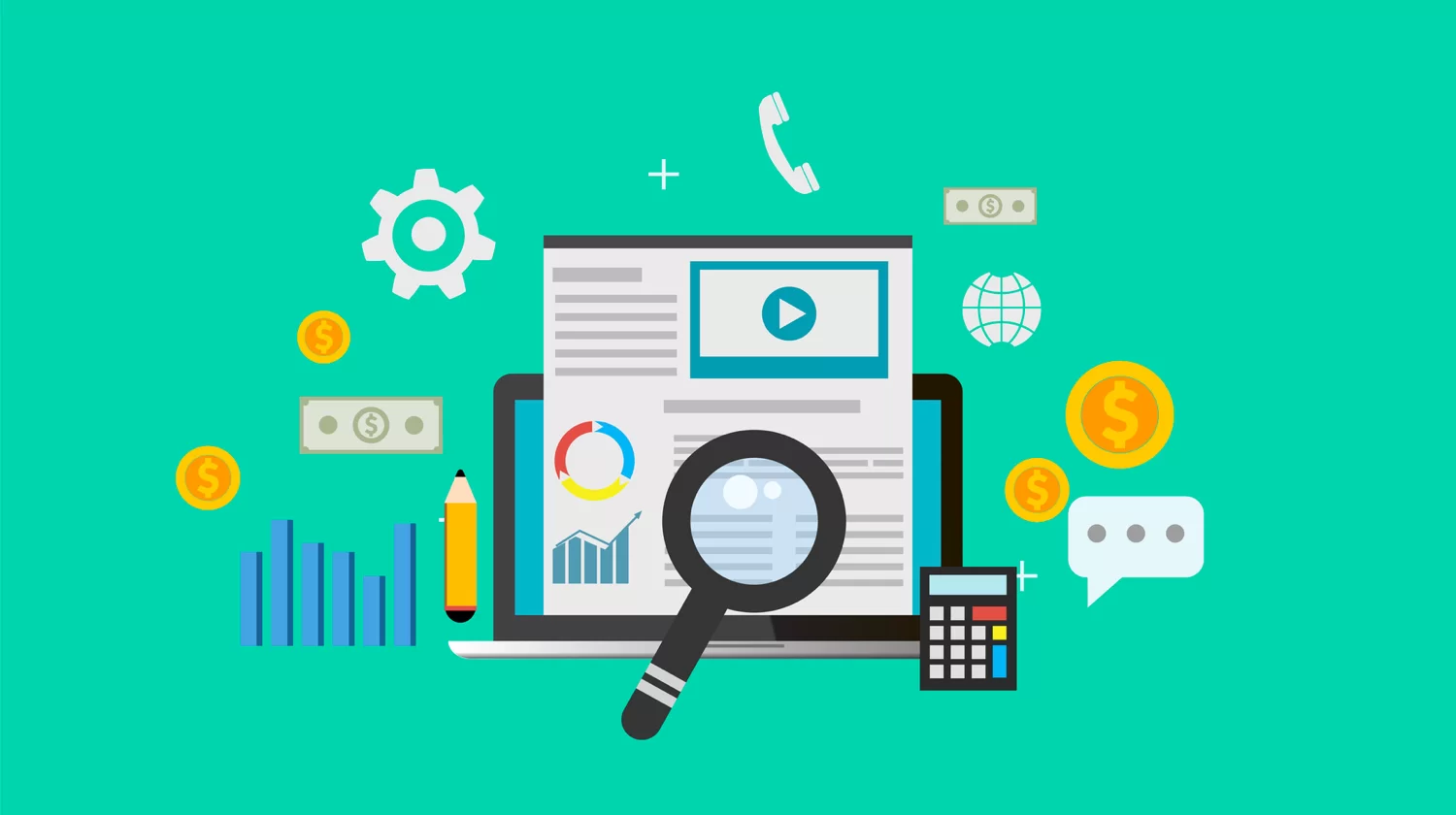We are well aware that the majority of the masses (nearly 75%) never go beyond the first page of Google results as maximum times the first-page results satisfy the user and the one that retains the user is qualified to deliver an exceptional experience in all respects.
I think we all can relate to the fact very well while hunting the web. Isn’t it?
Google has not changed its ‘Quality-First’ principle for a long time (and will never will) from its mission of prioritizing user satisfaction at all times.

Google’s Page Experience update rolled out completely in September 2021 along with several site performance metrics that were signaled to affect websites’ rank in search.
The introduced Page Experience signal has been added as a new ranking factor that incorporates sub-signals to judge a web page’s overall quality and user experience delivered and then rank it accordingly.
As per Google, “Page Experience is simplified as a set of signals that quantifiably measures user perception while interacting with a web page beyond its pure contextual value.”
Google’s Page Experience Update: A Push Towards User-Friendly Browsing
As a bad user experience from a website/web page likely leads a user to leave quickly and look for other resources, Google (via this update) is enabling every active website to optimize its overall web-browsing experience for users, both on mobile and desktop.
Along with the pre-existing user experience signals like HTTPS security, browsing safety, mobile optimization, and intrusive interstitial as guidelines, recently the overlord created and added a new factor named Core Web Vitals/Essential Web Metrics to monitor website speed and functionality, thus offering marketers to measure their site user experience closely.
What are Core Web Vitals?

Image source : https://www.dbswebsite.com
Core Web Vitals are the performance metrics to measure the index of user-friendliness of a website’s page. Currently, these vitals include three requisites but Google intends to update and add the list with passing time. They are:
- Largest Contentful Paint (LCP)
LCP measures the speed of the content to load on a website. It must be 2.5 seconds or even less - Cumulative Layout Shift (CLS)
CLS determines the stability of your page layout and measures whether the page aspects (objects/text) get disturbed on any user action as sudden shifts may reflect on user experience - First Input Delay (FID)As the name indicates, FID measures the time taken by the browser to respond to user interaction. Generally takes into account the website’s responsiveness
Certainly, a business with an online presence will have to take a step further on the UX efforts where all these quintessential segments will highly influence a website’s ranking position on Google’ search engine results page (SERP)
Check out Google’s recommendations on improving and optimizing the largest contentful paint, cumulative layout shift, and first input delay.
How to Optimize the Experience on a Web Page?
Here we pen down some pointers to the checklist while measuring, monitoring, and optimizing the experience on your web page:
- Learn about some effective tools that can help measure the essential web metrics and report which areas need improvement to optimize the web page.
- Execute mobile optimization tests to verify whether your website’s pages are optimized for mobile devices.
- Check and ensure that your website acquires a secure connection, each page must be published using HTTPS protocol in order to safeguard your website from unprecedented and unknown attacks.
- Make sure the use of interstitial ads doesn’t make your content less accessible
- Give regular checks to Google’s Essential Web Metrics and Page Experience FAQ to be up-to-date with the norms.
Need Help Improving Your Website’s Page Experience?
Improvising and optimizing your website and its pages need expertise in SEO as well as web development and need to be blended to keep up with the Google updates and changes and other metrics to make a website perform exceptional in rendering a unique user experience.
Lead generation, higher conversions, and a good user experience require a mix of web technical strategies combined with SEO powerful techniques to elevate your search engine rankings.
Along with optimizing your website’s Page Experience, pundits at CodeGlo can oversee a lot of other substantial SEO and technical factors that influence web rankings and help ladder up your conversion rate. To know the details connect with us to for a free consultation.







